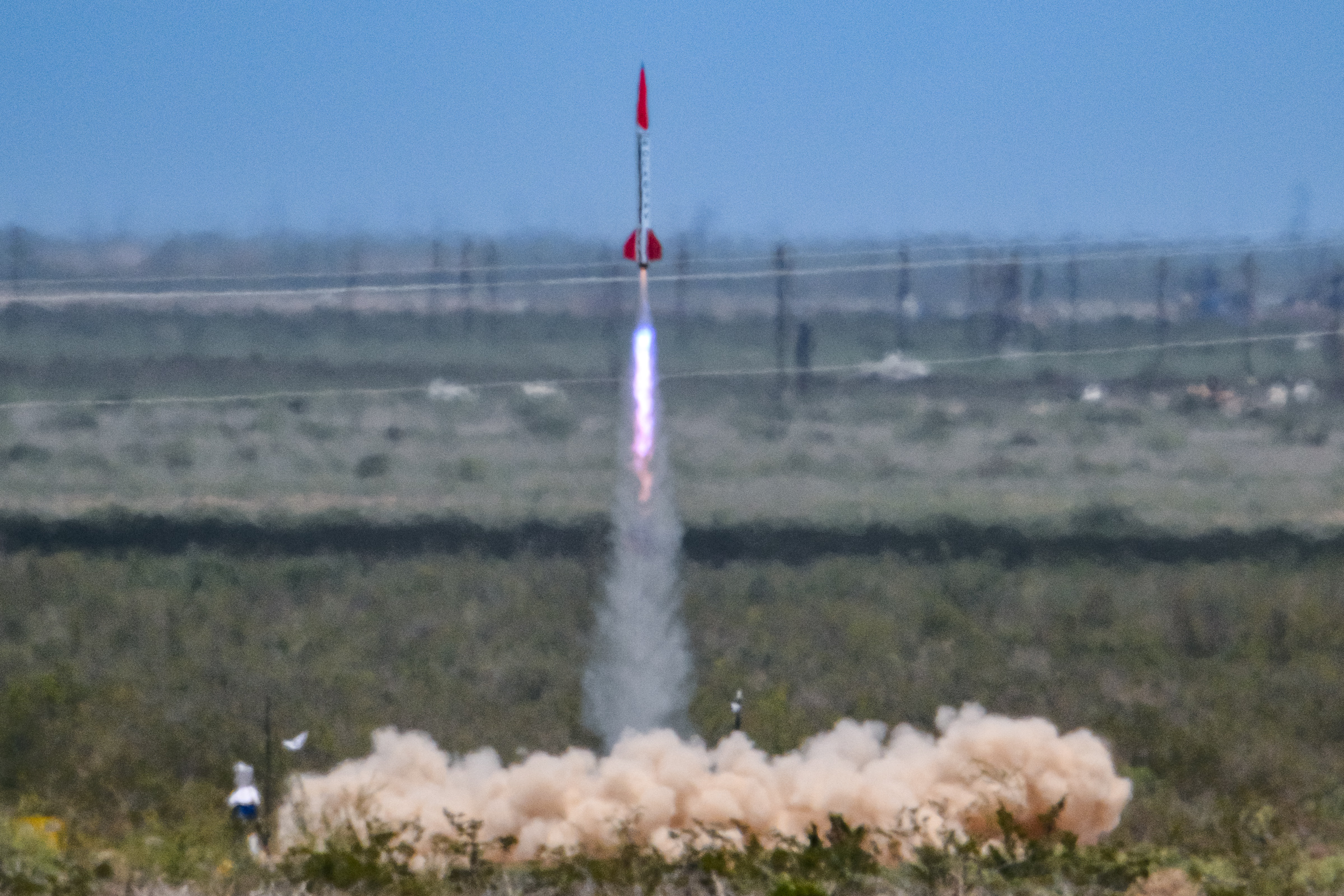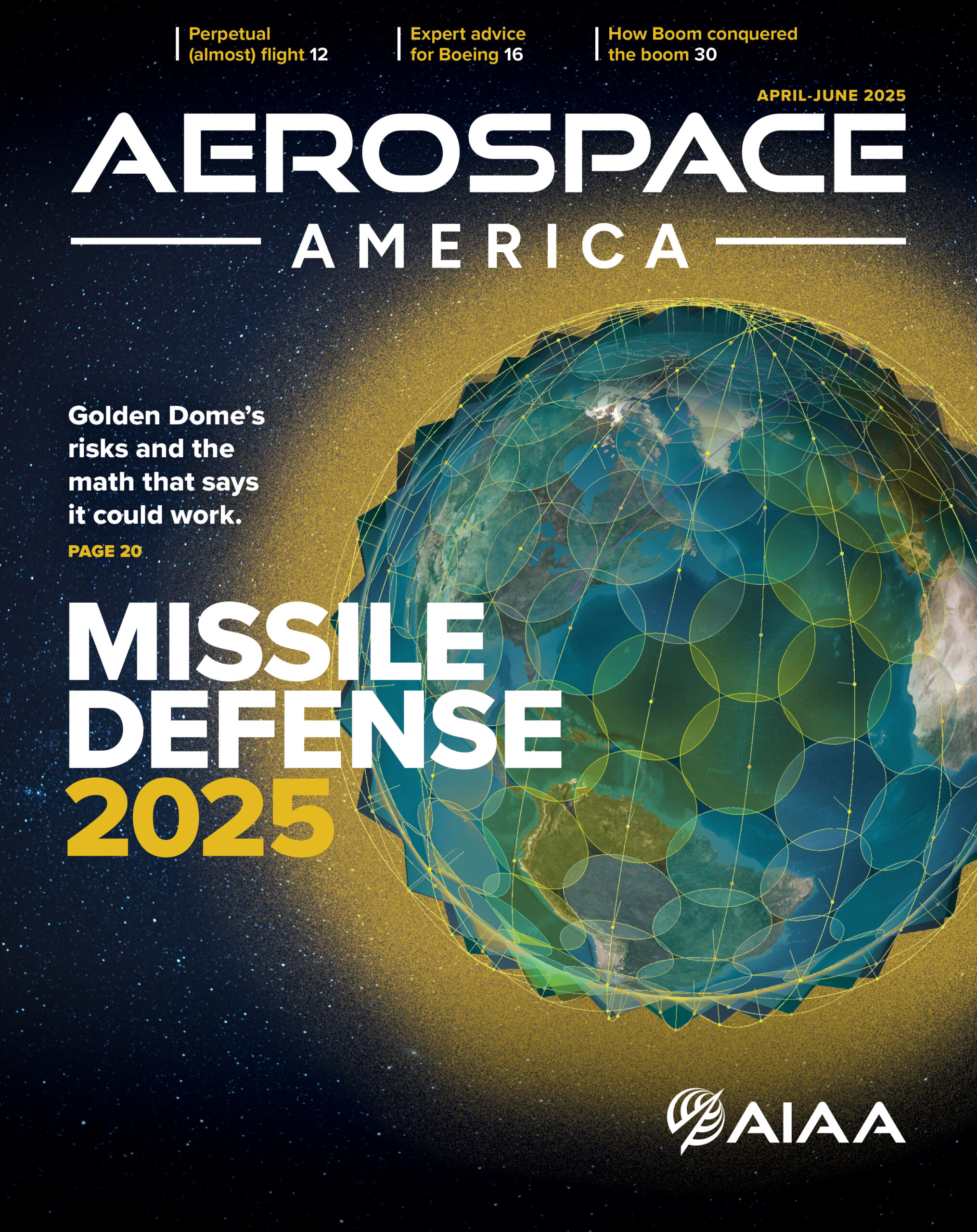AIAA and Experimental Sounding Rocket Association Deepen Partnership
On the dusty plains of West Texas beneath wide-open skies and summer heat, over 2,000 university students from 22 countries gathered with a shared goal: launch the rockets they spent the past year building, testing, and perfecting.
From liftoff to landing, the 2025 International Rocket Engineering Competition (IREC), hosted by the Experimental Sounding Rocket Association (ESRA), offered a real-world proving ground for tomorrow’s aerospace professionals. Held at Spaceport Midland, Texas, IREC attracted more than 150 teams this year. As a Gold Sponsor of the event, AIAA was proud to support the world’s largest collegiate rocket engineering competition. The weeklong event pushes student innovation beyond the classroom, high into the atmosphere.
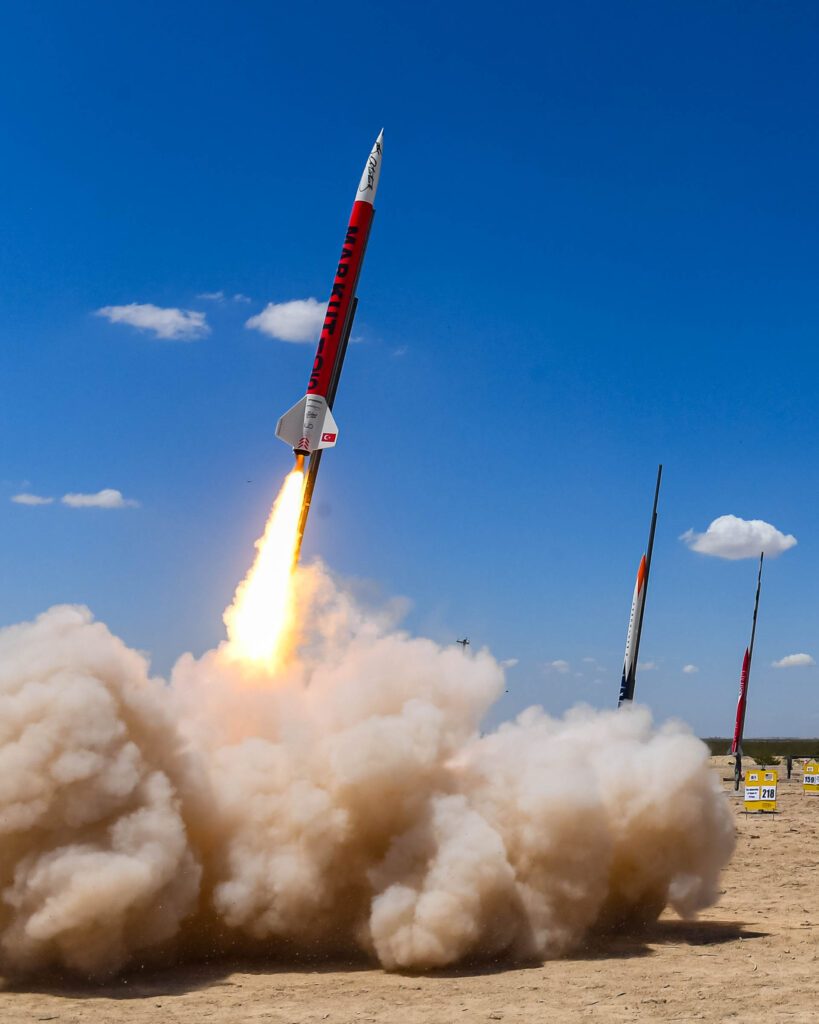
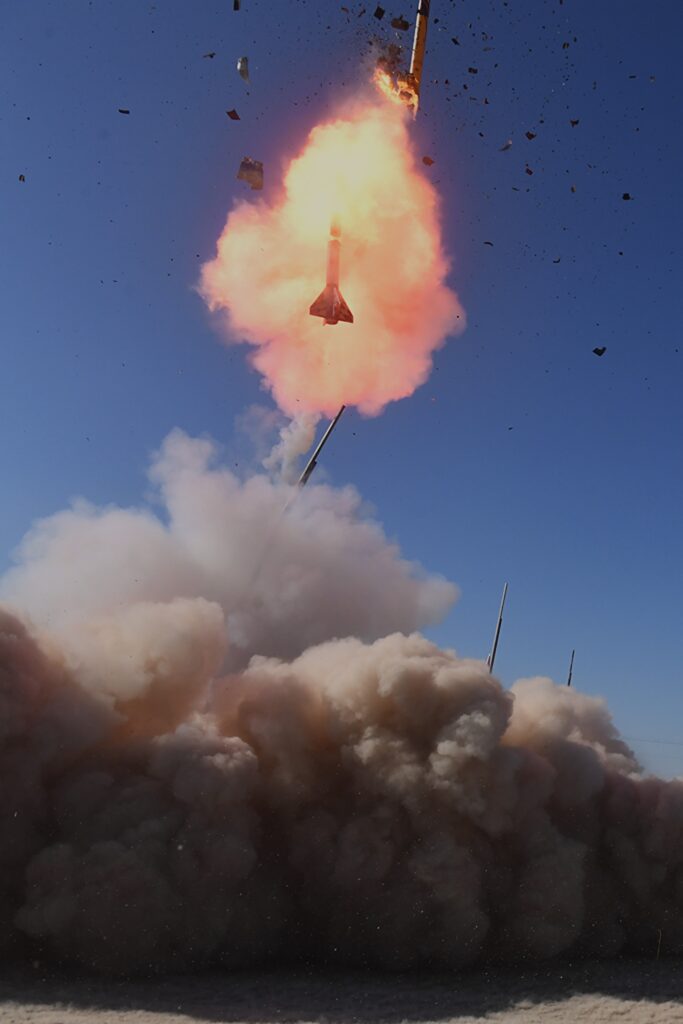
AIAA and ESRA Deepen Partnership
“Good morning rocketeers!” AIAA CEO Clay Mowry greeted the student crowd during the opening ceremony. “IREC showcases everything we believe in at AIAA—working as a team, tackling hard challenges, and breaking barriers. The student teams at IREC aren’t just launching rockets—they’re launching their future in aerospace.”
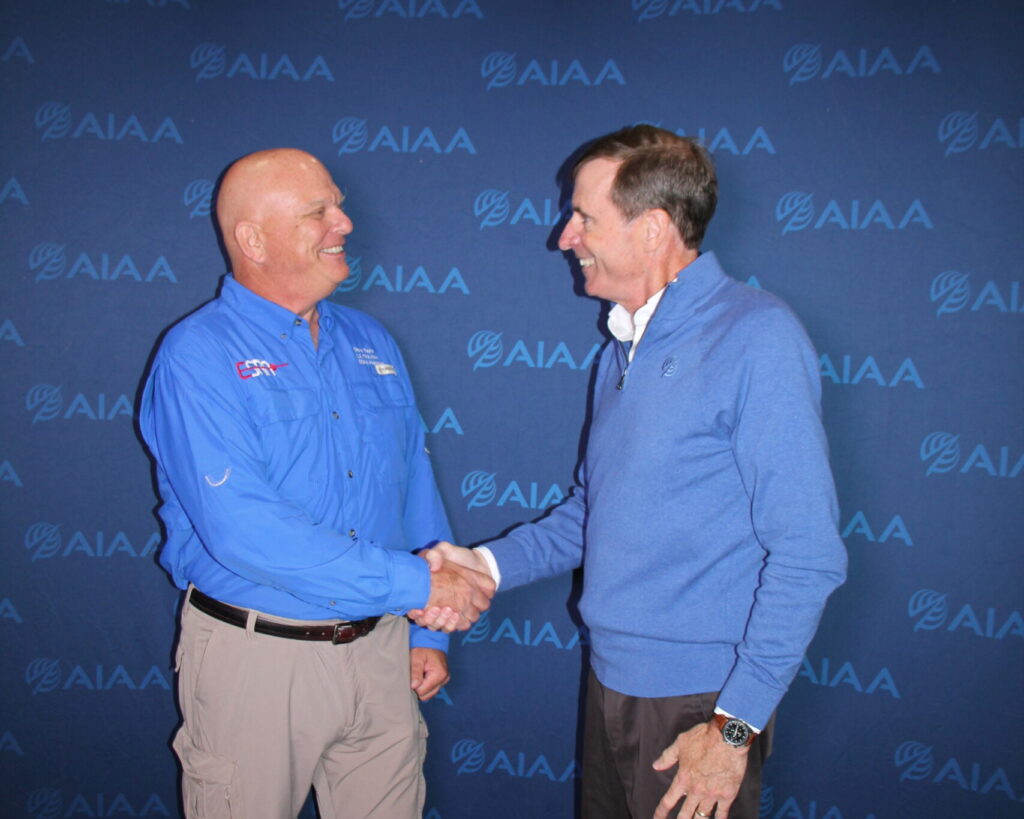
With a shared mission of workforce development through experiential learning, AIAA and ESRA officials signed an MOU at the competition site. The agreement extends beyond the event sponsorship, laying the foundation for future collaboration, expanding support for student teams, and creating more pathways for students to engage with industry, mentors, and technical communities.
“The partnership between ESRA and AIAA reflects our shared commitment to advancing the next generation of aerospace leaders,” said ESRA President Steve Taylor. “By supporting students in pursuing their highest professional aspirations, we are fostering a culture of excellence, innovation, and bold achievement in the aerospace community.”
Competition Simulates Real-World Launch Conditions
As any rocketeer approaching their launch, the teams were eager to realize the culmination of months of engineering, budgeting, testing, and teamwork. But even the best-laid plans must adapt to real-world conditions. On the eve of the first launch day, an intense windstorm swept through the site, toppling tents and delaying the start. Volunteers, staff, and students rallied. Many worked through the night recovering the site for safe operations. By morning, the range was functional, and 32 rockets flew on the first day of competition.
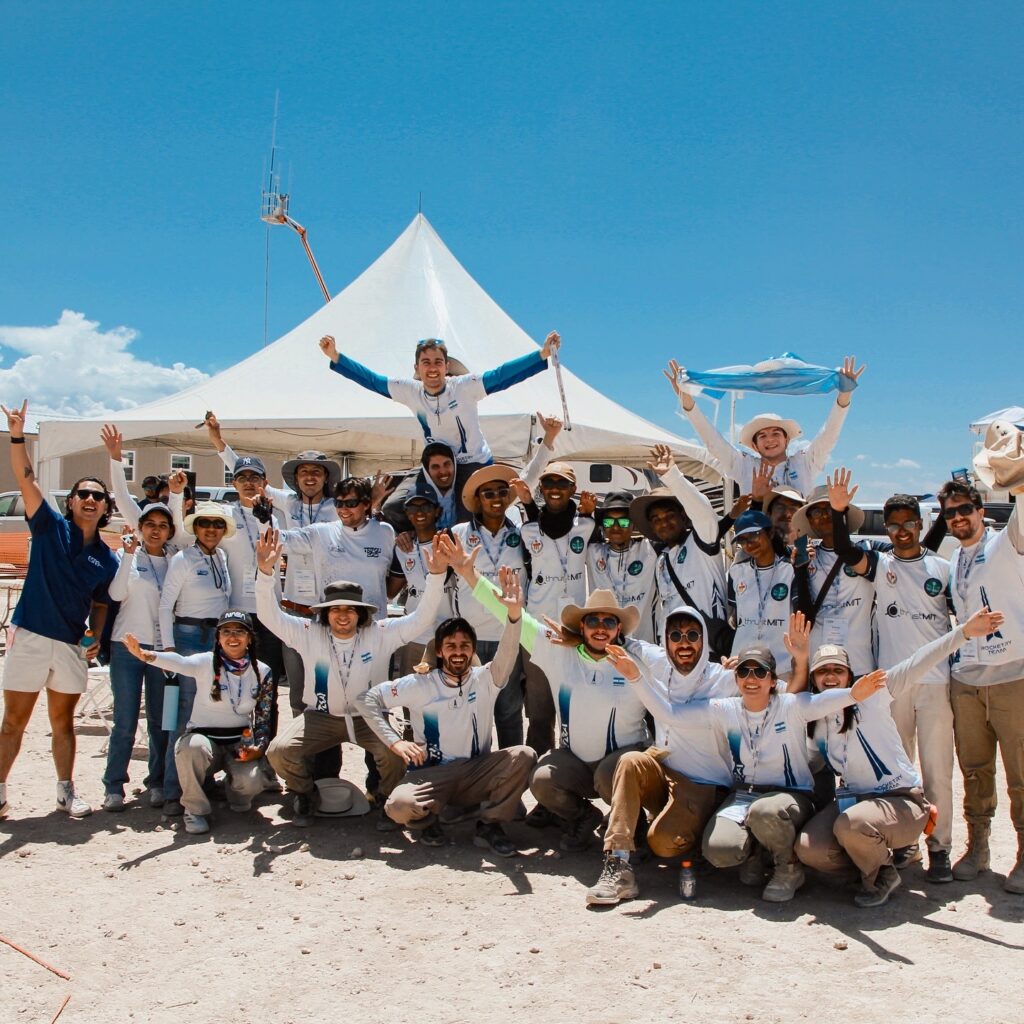
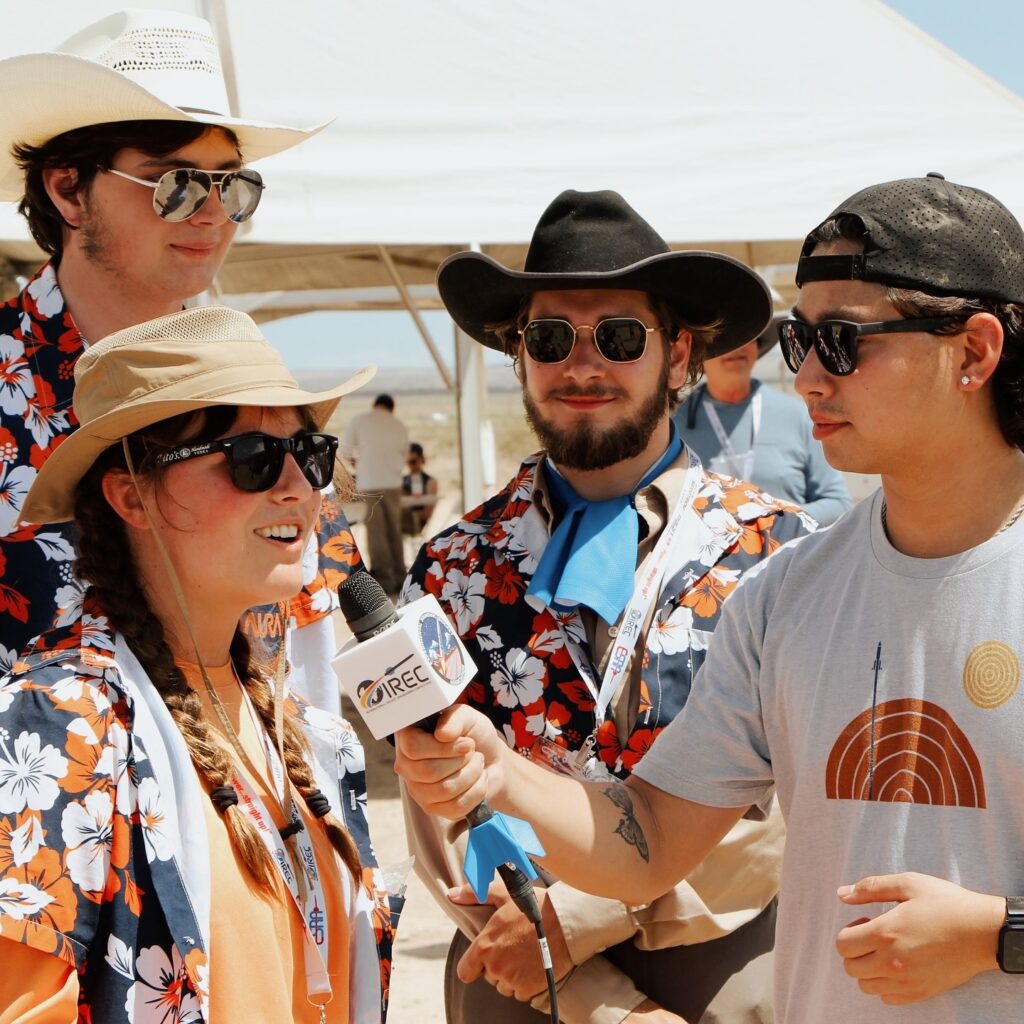
The spirit of perseverance defined the competition all week. A total of 138 rockets launched, many reaching 10,000-45,000 feet in altitude before returning to Earth under brightly colored parachutes. Teams were evaluated not just on technical success, but also on teamwork, safety, systems design, and how well they documented and presented their results.
A team from the long-time AIAA Auburn University Student Branch, Auburn, Alabama, embodied the intersection of academic rigor and hands-on application. “It’s a full year of work for a 15-second flight, and every second is worth it,” one student team member noted after a successful launch. “This experience has given us more than just rocket science. It’s taught us leadership, communication, and how to solve problems under pressure.”
AIAA Award for Innovation Presented
As part of its event sponsorship, the Institute was thrilled to present the Dr. Gil Moore Award for Innovation. “This award highlights the spirit of innovation that drives the future of aerospace. It is named in honor of AIAA Fellow Dr. R. Gilbert Moore, a rocket propulsion engineer whose career spanned nearly 70 years,” said AIAA Senior Vice President, Member Engagement Merrie Scott during the awards ceremony.
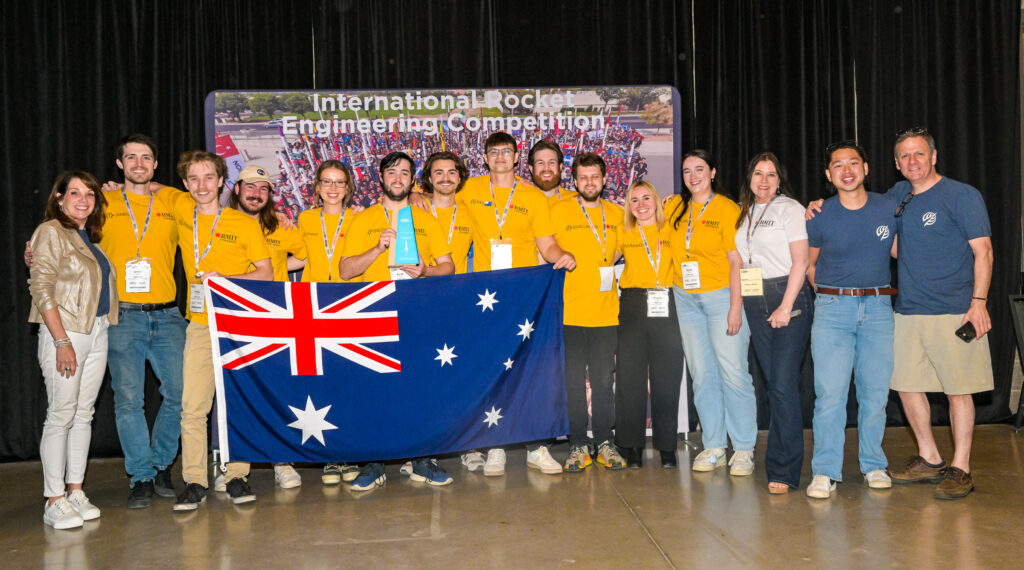
The recipient, a team from the Royal Melbourne Institute of Technology (RMIT), Melbourne, Australia, was recognized for its groundbreaking flight computer. “It’s just a huge honor to present our work,” said RMIT team member Hugo Begg. “We’ve spent about 18 months developing our flight computer. It’s a brand-new bit of kit, a brand-new piece of technology. We’re super proud of it! We faced a lot of setbacks and overcame a lot of challenges. This award is an amazing recognition of our efforts and we’re proud to have constructed a foundation for future RMIT students to build upon. Hopefully, they’ll come back with something even bigger and better!”
One of the most inspiring stories of the week came from the winners of IREC 2025, University of Sydney, Sydney, Australia. Representing years of persistence and teamwork, the group reflected on their hard-won achievement with emotion and pride.
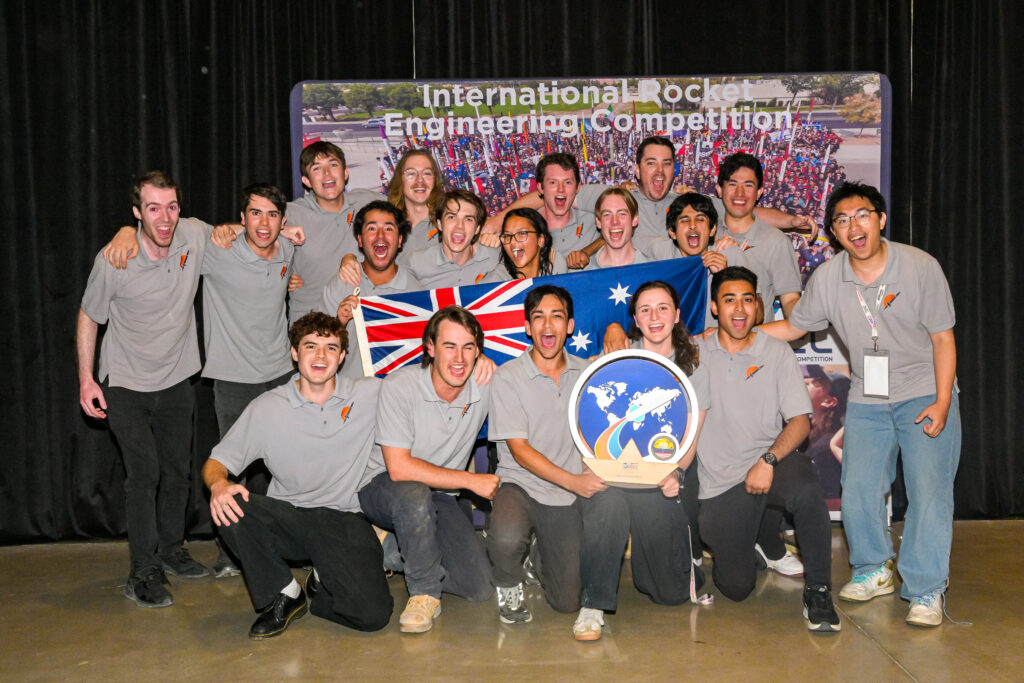
“It’s been an incredible journey,” said University of Sydney team lead Sahaj Mand. “It’s been two years, hundreds of engineers working tirelessly, countless trips to our testing facility, countless hours writing reports, designing, failing, and improving. And all of that led to us finally coming to America, launching our rocket, and overcoming every struggle. Now, we can proudly say, we are the overall winners of IREC 2025!”
Their story, like so many others from the competition, is a testament to the passion, perseverance, and promise of the next generation of aerospace leaders. AIAA can’t wait to see teams once again break barriers and reach new heights at next year’s competition. Ad astra!


